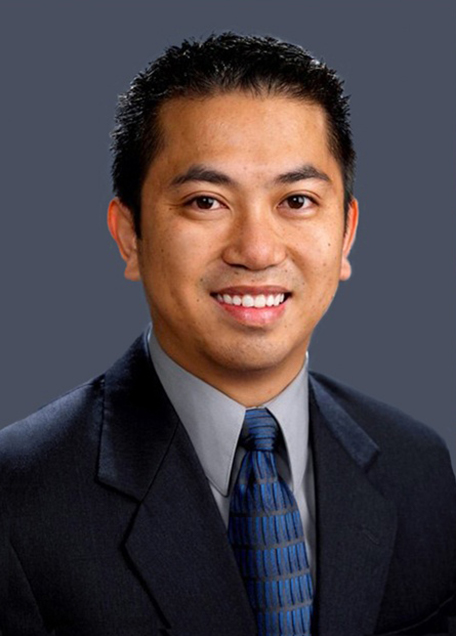Change of Treating Physician After Discharge from Care

April 17th, 2024
Sure Log
Attorney of Counsel, Michael Sullivan & Associates, LLP
Nearly one-quarter century ago, in Tenet/Centinela Hospital Medical Center v. WCAB (Rushing) (2000) 80 Cal. App. 4th 1041, the Court of Appeal held that when a treating physician has declared the employee’s injury to be permanent and stationary, has released the employee to return to work and has prescribed no further doctor-involved treatment or visits, the employee did not have a right to change treating doctors just because future medical care was warranted. Instead, the court explained that the employee was required to comply with the provisions of California Code of Regulations, Title 8, § 9785(b), and Labor Code § 4061 and § 4062, to change primary treating doctors (PTPs).
But the regulatory landscape and the workers’ compensation system have evolved significantly since Tenet/Centinela. When that case was decided, former CCR 9785(b) allowed a change of treating physicians only if ongoing treatment was needed. The current, updated CCR 9785(b)(2) permits an employee to select a new PTP if the current PTP identifies a need for ongoing or future medical treatment.
In addition, the introduction of medical provider networks (MPNs) in 2004 has altered the treatment provisions. CCR 9767.6(e) states: “At any point in time after the initial medical evaluation with an MPN physician, the covered employee may select a physician of his or her choice from within the MPN.”
Those changes raised questions about Tenet/Centinela’s applicability under contemporary workers’ compensation law.
In Gonzalez v. Vermont Healthcare Center, 2024 Cal. Wrk. Comp. P.D. LEXIS 18, the WCAB revisited Tenet/Centinela’s relevance, indicating that its principles still apply when an employee within an MPN is completely discharged by a treating physician. In Gonzalez, the applicant claimed injury to his pulmonary system in the form of exposure to tuberculosis. Five months after the injury, the MPN doctor reported: “Discharge as cured with no permanent impairment, work restrictions or need for future medical care.” After the discharge, the applicant designated a new treating doctor. The parties proceed to an expedited hearing to resolve the dispute of whether the defendant may deny the applicant’s designation of a new treating physician within the MPN when the previous MPN doctor released him from care.
The WCAB held that the applicant was not entitled to select a new treating physician. It explained that CCR 9785(b)(3) states: “If the employee disputes a medical determination made by the primary treating physician, including a determination that the employee should be released from care, the dispute shall be resolved under the applicable procedures set forth at Labor Code sections 4060, 4061 4062, 4600.5, 4616.3, or 4616.4.” The WCAB found that LC 4616.3 and LC 4616.4 allow an applicant to seek second and third opinions in an MPN, followed by an MPN independent medical review, “[i]f an injured employee disputes either the diagnosis or the treatment prescribed by the treating physician.” It explained that a release from care is not a diagnosis or recommendation for medical treatment for the purposes of LC 4616.3 and LC 4616.4.
So the WCAB determined that the dispute should be resolved pursuant to the medical-legal procedures in LC 4061 and LC 4062. The board concluded that the applicant was not entitled to treatment with his new designated doctor within the MPN at the defendant’s expense, nor was he entitled to receive treatment for the injury from medical providers outside of the defendant’s MPN at its expense. The WCAB returned the matter to the WCJ to determine the applicant’s entitlement to be evaluated by a qualified medical evaluator (QME).
Although not cited by the WCAB in its decision, CCR 9785(a)(5) defines “released from care,” as “a determination by the primary treating physician that the employee’s condition has reached a permanent and stationary status with no need for continuing or future medical treatment.” So, pursuant to CCR 9785(a)(5) and CCR 9785(b)(2)(3), if an applicant has been released from care, meaning he or she has no need for continuing or future medical treatment, the worker does not have the right to designate a new treating physician. The applicant instead must dispute the release from care through the QME process under LC 4061 or LC 4062. If the QME determines that there’s a need for continuing or future medical care, presumably the employee could select a new PTP.
Note: Gonzalez addressed only whether the applicant could select a new treating physician following his or her release from care. Gonzalez does not allow an employer to deny medical treatment following a release from care. It is not uncommon for an applicant to report ongoing complaints after being discharged, and the WCAB probably would have allowed the applicant to return to the original PTP to determine whether additional treatment was needed.
-

Sure Log
Attorney of Counsel Michael Sullivan & Associates, LLP
Mr. Log is a specialist in workers’ compensation defense and related labor law issues. He analyzes files for litigation and settlement, conducts research, reviews records to facilitate completion of discovery and drafts a variety of documents, including trial and appellate briefs. He was instrumental in a 2009 case that ended vocational rehabilitation in California.
Mr. Log prepares seminar material and co-authors white papers on significant topics in workers’ comp law, including “An Analysis of the New Regulations Regarding Disputes Over Medical-Legal Expense and Medical Treatment,” “Special Report: A First Look at SB 863,” about the 2012 legislation’s wide-ranging changes to the state’s workers’ compensation system, and “SB 863: Five Years Later.”
Mr. Log is also Co-Author of “Sullivan on Comp,” a 16-chapter objective analysis of California workers’ compensation law, updated monthly.
Unlock the knowledge, skills, and certifications that will shape your future in the industry
